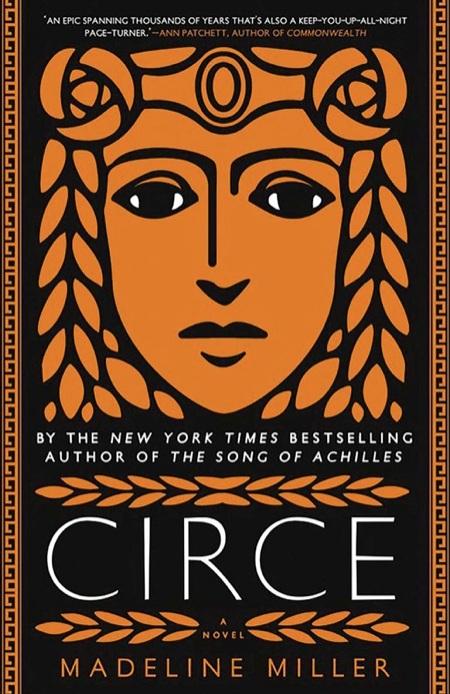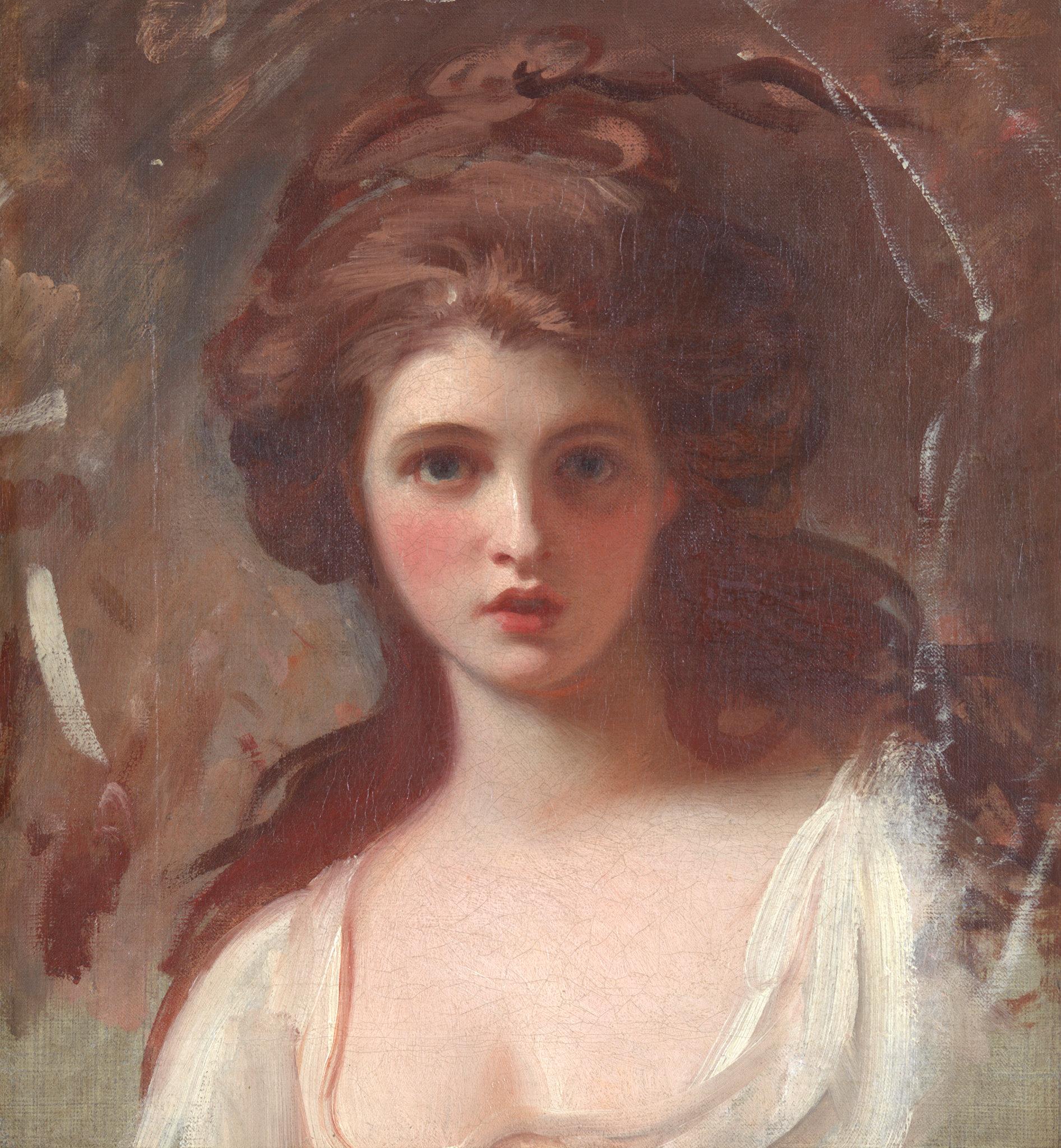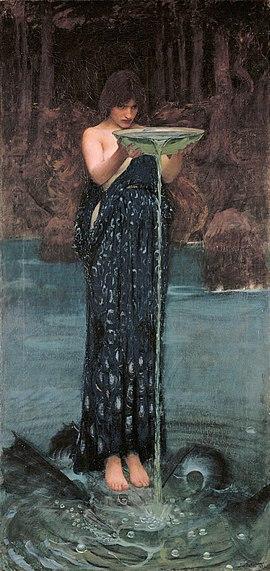In the realm of contemporary literature, few works have captured the imagination and reverence of readers and critics alike as Madeline Miller‘s Circe. Published in 2018, this novel reimagines the story of the enigmatic sorceress from Homer’s Odyssey, breathing new life into a character often overshadowed by her male counterparts. Through a meticulous blend of classical mythology and modern narrative techniques, Miller crafts a tale that is as profound as it is engaging. This article delves into the elements that elevate Circe to the status of a modern mythological masterpiece, examining its narrative structure, thematic depth, and character development. By exploring these facets, we aim to uncover how Miller’s work resonates with contemporary audiences while honoring the timeless allure of ancient myths.
Character Depth and Development in Circe
One of the most compelling aspects of Madeline Miller’s Circe is the profound character depth and development of its protagonist. Circe, often a minor figure in Greek mythology, is transformed into a multifaceted character with a rich inner life. Miller breathes new life into Circe by exploring her journey from a neglected daughter of Helios to a powerful and self-aware enchantress. This evolution is not merely a result of external events but a deep, introspective journey that allows readers to connect with her on an emotional level.
- Complex Relationships: Circe’s interactions with other mythological figures, such as Hermes and Odysseus, reveal her vulnerabilities and strengths, painting a picture of a character who is both divine and deeply human.
- Self-Discovery: Her journey is marked by moments of self-discovery and empowerment, as she learns to harness her own power and carve out a place for herself in a world that seeks to confine her.
- Moral Ambiguity: Circe’s choices often reflect the moral complexities of her world, offering readers a nuanced perspective on themes of power, identity, and isolation.
Through Circe’s transformation, Miller crafts a narrative that is as much about the goddess’s mythical exploits as it is about the universal human experience of finding one’s place in the world. The depth of Circe’s character ensures that her story resonates with modern readers, solidifying the novel’s status as a modern mythological masterpiece.

Mythological Accuracy and Creative Adaptation
Madeline Miller’s “Circe” is a striking example of how mythological tales can be woven into modern narratives, balancing mythological accuracy with creative adaptation. Miller meticulously draws from ancient sources such as Homer’s “Odyssey” and Hesiod’s “Theogony” to ground her story in authenticity. She preserves key elements of Circe’s myth, ensuring that her divine lineage and pivotal encounters with famous figures like Odysseus remain intact. However, Miller does not shy away from infusing her own voice and perspective into the tale, breathing new life into the character of Circe by exploring her emotional depth and personal growth.
Her adaptation is characterized by a thoughtful reimagining of traditional mythological elements, which serves to enhance the original narrative rather than overshadow it. Some of the most significant adaptations include:
- Character Development: Circe’s evolution from a sidelined enchantress to a fully realized protagonist is a testament to Miller’s skill in character development.
- Feminist Perspective: By emphasizing Circe’s independence and resilience, the novel provides a fresh feminist lens through which to view classical mythology.
- Modern Themes: Themes such as identity, power, and transformation are explored in a way that resonates with contemporary audiences.
These creative choices not only enrich the story but also allow readers to engage with timeless myths in a way that feels both relevant and insightful.

Narrative Style and Literary Techniques
Madeline Miller’s Circe is a testament to the power of in crafting a compelling modern myth. The novel’s first-person perspective allows readers to experience the world through Circe’s eyes, providing a deeply personal and introspective view of her evolution from a misunderstood nymph to a formidable witch. This perspective fosters a sense of intimacy and empathy, drawing readers into her internal struggles and triumphs. Miller’s choice to use a linear narrative interspersed with vivid flashbacks enriches the storytelling, weaving together past and present seamlessly to highlight Circe’s journey of self-discovery.
Literary techniques employed by Miller further enhance the novel’s mythological allure. Her use of rich, evocative imagery paints a lush and immersive picture of the ancient world, while her lyrical prose captures the enchanting yet perilous nature of the gods and their domains. The following techniques stand out:
- Symbolism: Objects and characters in the novel often symbolize larger themes, such as transformation and empowerment.
- Foreshadowing: Subtle hints throughout the narrative build tension and anticipation, keeping readers engaged.
- Allusion: References to classical myths and literature provide depth and context, allowing readers to appreciate the novel’s place within the broader mythological canon.
These elements combine to create a narrative that is not only a retelling of ancient myths but a reinvention that resonates with contemporary themes of identity and autonomy.

Cultural Impact and Contemporary Relevance
Madeline Miller’s Circe resonates profoundly with contemporary audiences, as it artfully reimagines classical mythology through a modern lens. This novel’s cultural impact is significant, as it provides a fresh perspective on ancient narratives, particularly those surrounding female characters who were often marginalized in traditional mythological tales. By focusing on Circe, a relatively minor figure in the Homeric epics, Miller elevates her to a central role, offering insights into her character and motivations. This shift challenges readers to reconsider the traditional portrayal of women in myths, aligning with current dialogues around gender equality and empowerment.
- Feminist Reinterpretation: Circe’s story is one of self-discovery and empowerment, resonating with modern feminist movements that seek to reclaim and redefine female narratives.
- Timeless Themes: The novel explores universal themes such as identity, power, and transformation, which remain relevant across generations.
- Engagement with Mythology: By weaving a narrative that is both faithful to and divergent from its source material, Circe encourages readers to engage with mythology in a way that feels personal and immediate.
In essence, Circe stands as a testament to the enduring power of myth, recontextualized for a new era, and invites readers to explore the complexities of its characters and themes in ways that are both meaningful and thought-provoking.
